Wallpaper* checks in at Yoruya, a Japanese inn where less is always more
Yoruya, which transforms a 110-year-old former kimono merchant shopfront and residence in Kurashiki, is an exercise in graceful restraint and craft
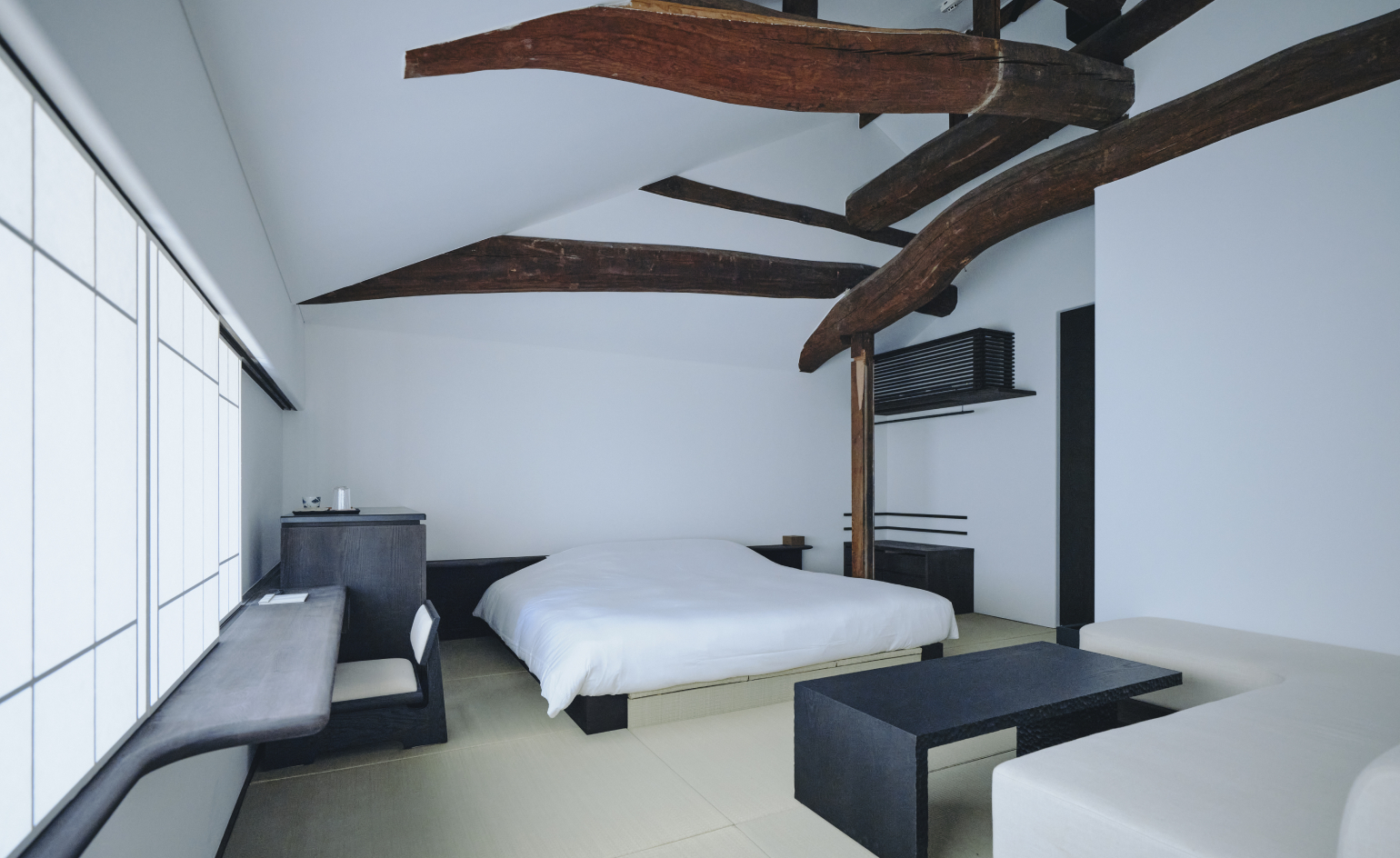
In Japan’s Kurashiki City, behind a traditional timber latticed facade typifying the architectural vernacular of the area and an unassuming hand-crafted knotted nawa-noren rope curtain, lies Yoruya, a new boutique hotel transformed from a 110-year-old former kimono merchants shopfront and residence. The 13-guest room property is an exercise in graceful restraint, harmoniously blending tradition and modernity, and counts with a bar, lounge and restaurant highlighting locality and seasonality with kaiseki dining.
Wallpaper* checks in at: Yoruya, Kurashiki
What’s on your doorstep?
Located within a quiet and residential corner of the Bikan Historical Quarter, the hotel is surrounded by the famed cluster of meticulously preserved centuries-old white-plastered storehouses, shopfronts, and residences. Alongside a picturesque canal, buildings possess a history of over 400 years, reflecting the town’s rich mercantile history through cotton production and its former flourishing textile industry. That prosperity further blossomed a rich, burgeoning culture for the arts and crafts.
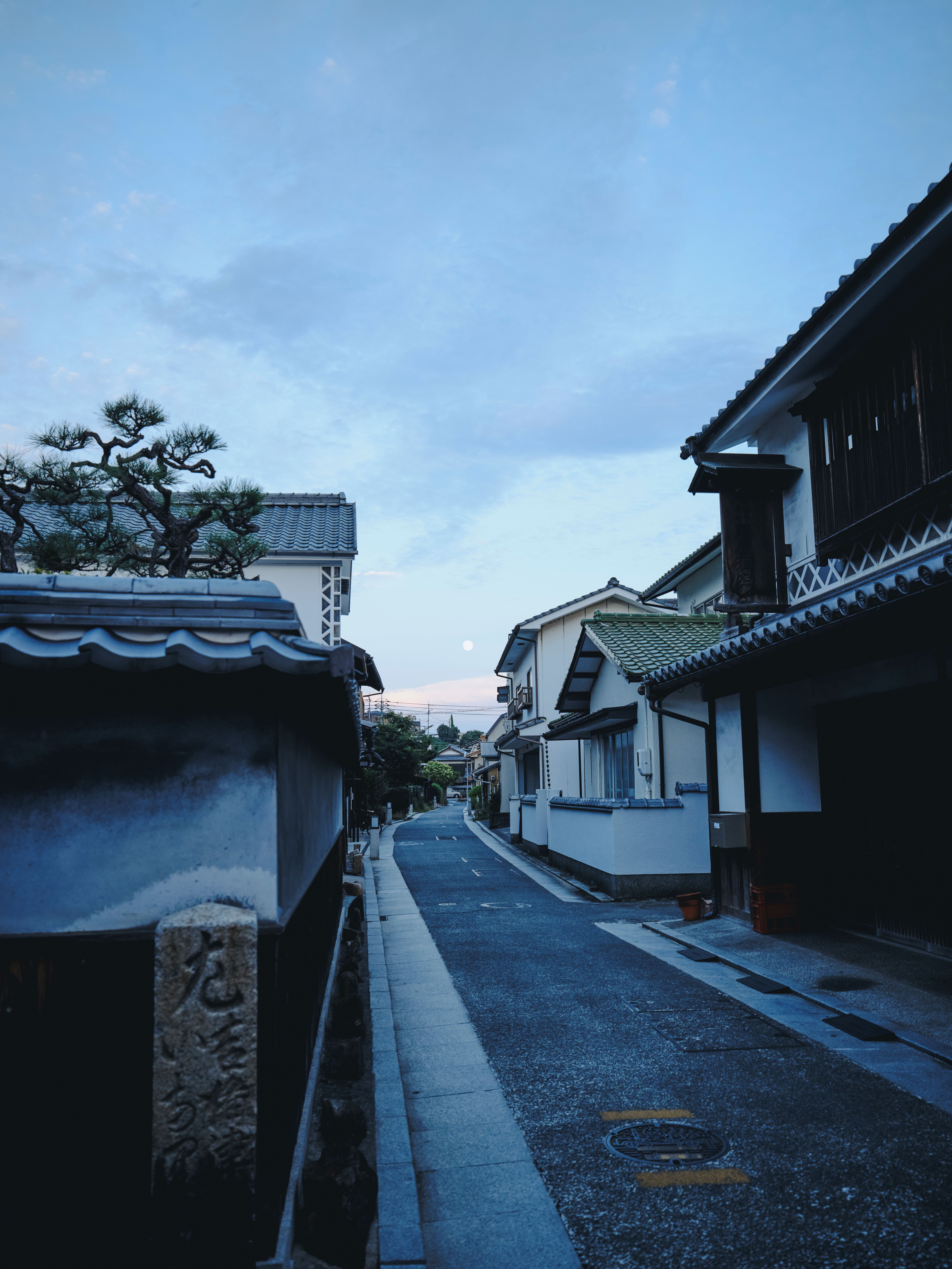
Kurashiki’s Bikan Historical Quarter
Who is behind the design?
‘Our mission was to convey the true character, history, and craftsmanship deeply rooted in this region,’ cites Yuta Oka, hotelier and founder of Naru Developments, who ‘inherited’ the site and spearheaded the project along with Kyoto-based developer Kiraku. Yoruya – translated as twisting threads in Japanese – extends as a metaphoric anchor for the ethos of the property. ‘It is a term that captures both the softness and the craftsmanship that define the town,’ notes Oka.
The sophisticated renovation was no less undertaken by Simplicity Design Studio, who were entrusted to oversee the entire hotel’s design and weave new life into the century-old site.

Entrance to Yoruya
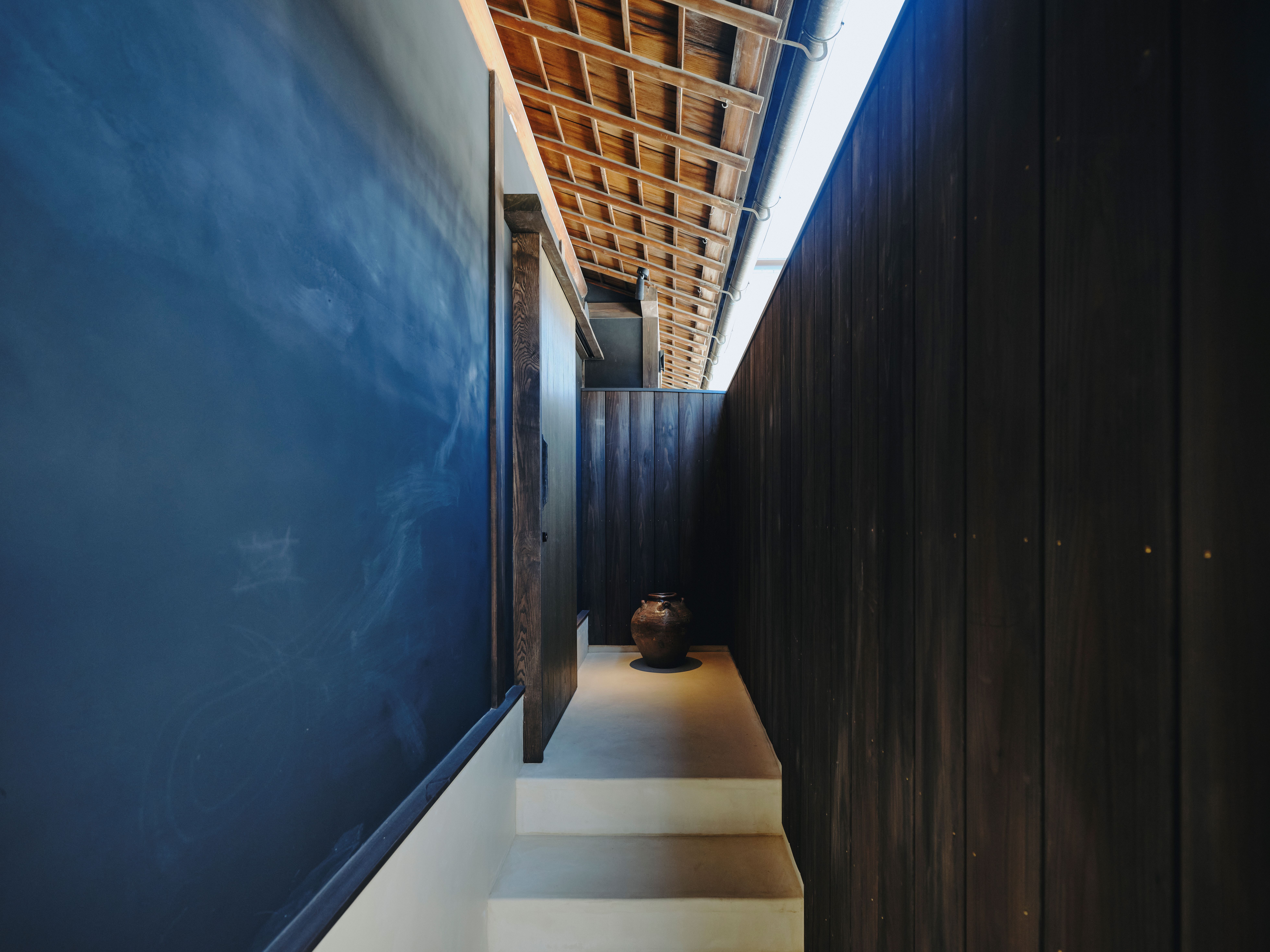
Circulation area
The back story
Following the quarter’s strict regulations around aesthetics and density, Simplicity renovated the property’s traditional structures whilst designing two additional new buildings inspired by the town’s Edo-era shikkui white-plastered warehouses and Meiji-era brick buildings as a continuation of its architectural landscape. The four volumes are interconnected by a series of white-walled passages reminiscent of the town’s narrow alleyways. Referred to as hiyasai, Simplicity aimed to recreate an extension of these walkways within the hotel as a ‘vista for the guests to be able to experience three different identities of the buildings,’ they explained. Further adding, ’Especially to praise the light and shadow between the buildings.’
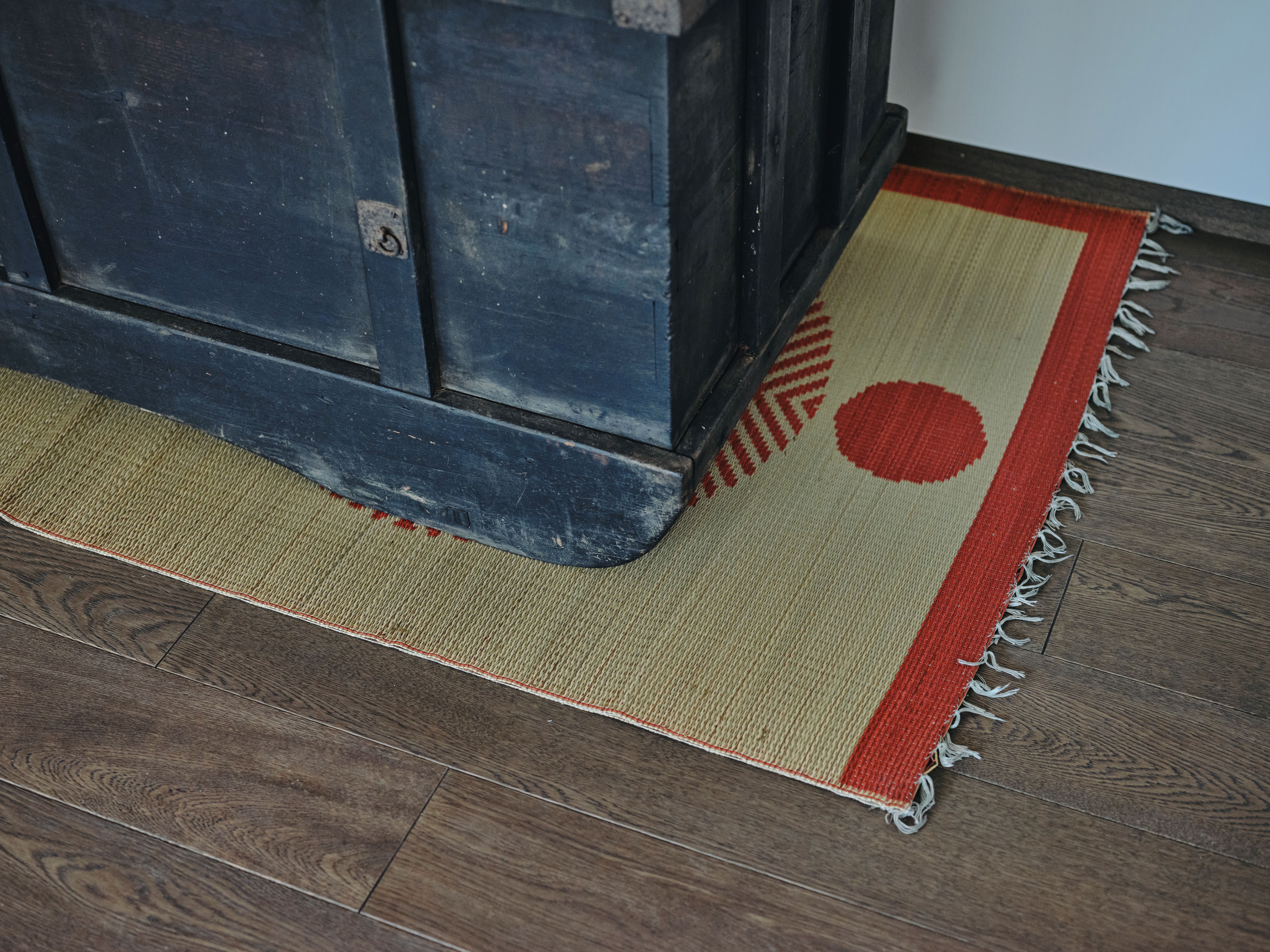
Craft details
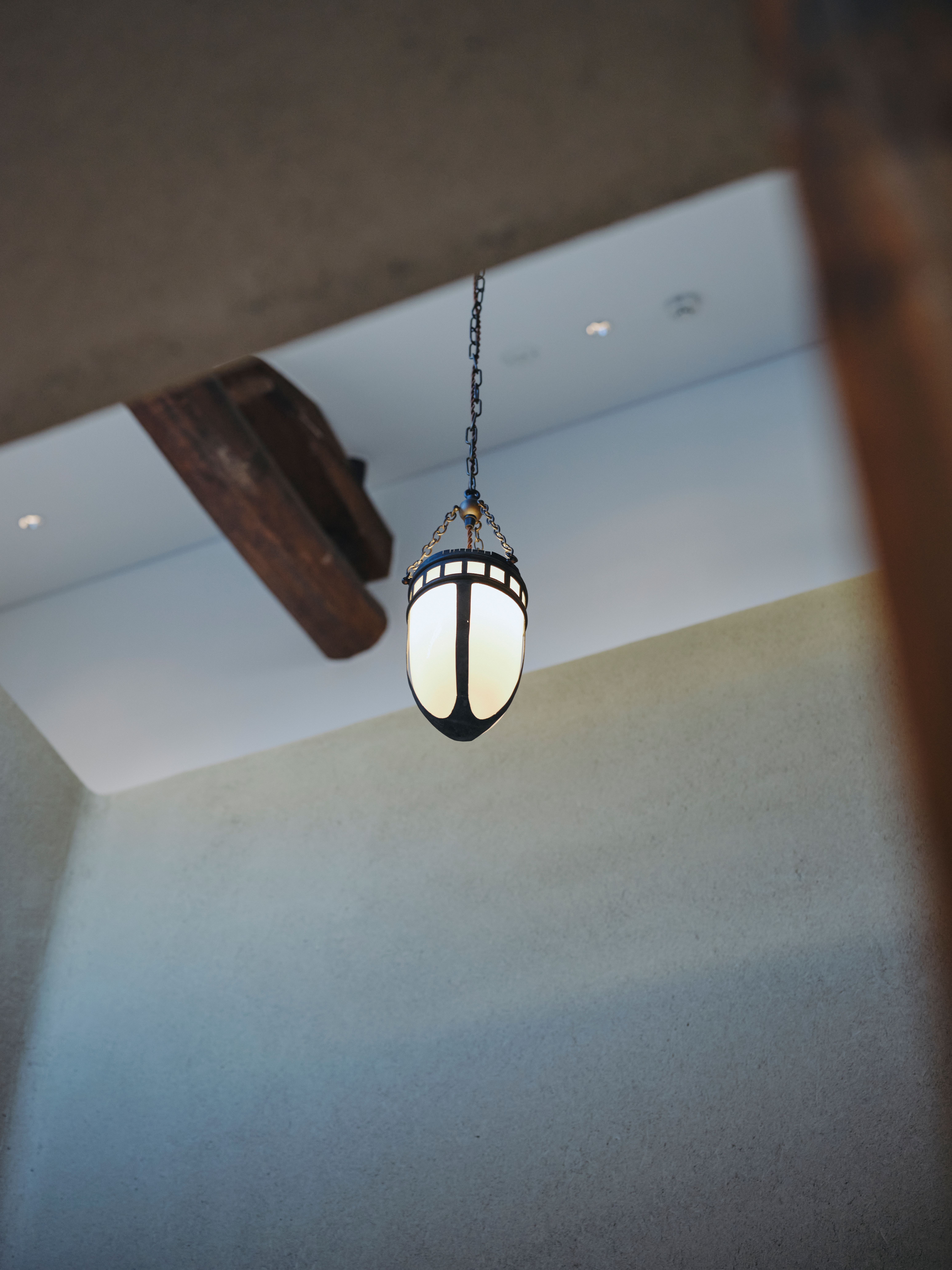
Design detail
The wow factor
Kurashiki’s cultural richness was heavily instigated and nurtured by the patronage of the town’s revered Ohara Family. This ethos inspired Yoruya’s team to cultivate and commission various original ceramics, crafts and artworks by next-generation and established local artisans. Throughout the hotel, pottery by Kota Miyake, ceramic sculptures by Maki Takeuchi (son of famed local potter Seijo Takeuchi), woven wares by Sunami Toru Shoten, handblown glassworks by Yamanone Glass, carved zelkova wooden tablets by woodworker Midori Takayama, tapestries by artist Jun Tomita and paper sculptures by Bitchu washi artisan Naoki Tange – to name but a few – decorate the interiors. Thoughtfully curated, they emphasise the depth of Yoruya’s authentic approach to localised encounters.

Inner courtyard
What are the rooms like?
The hotel’s 13 guest rooms are segmented into one main suite, two junior suites and three guest rooms located within the two traditional timber buildings. The rich history of traditional elements marries beautifully with Simplicity’s contemporary touches. The remaining ten guest rooms are found within the two new additional buildings designed in a modern maisonette style. These double-floored guest rooms feature a naka-niwa inner garden, allowing natural light to flood through. In-room amenities include complimentary local beer, juices, green tea sourced from Northern Okayama tea farms and coffee brewed by local roaster ‘something like that’.
Receive our daily digest of inspiration, escapism and design stories from around the world direct to your inbox.
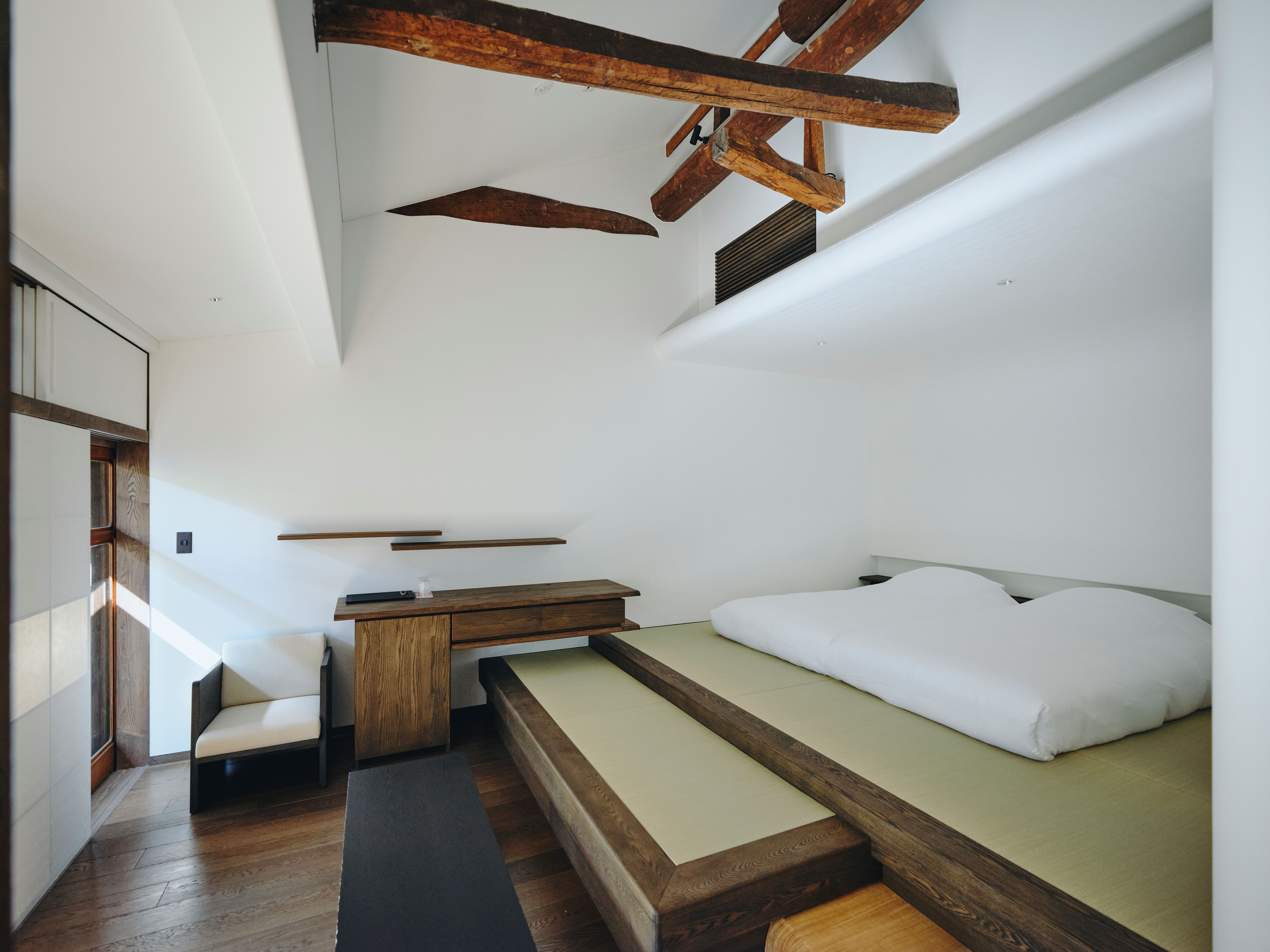
Junior Suite

Junior Suite

Semi-open-air bath, part of the Junior Suite
Staying for dinner?
Expect traditional Japanese kaiseki dining (a traditional multi-course Japanese meal) with a modern approach. Dishes are crafted from ingredients sourced directly from the surrounding region and paired with an excellent sake selection. The restaurant’s open-plan kitchen and u-shaped hinoki wood counter seating allow for an intimate experience with executive chef Fumio Niimi, whose thoughtful dishes evoke the flavours and nuances of Japanese micro-seasons.

In-house restaurant
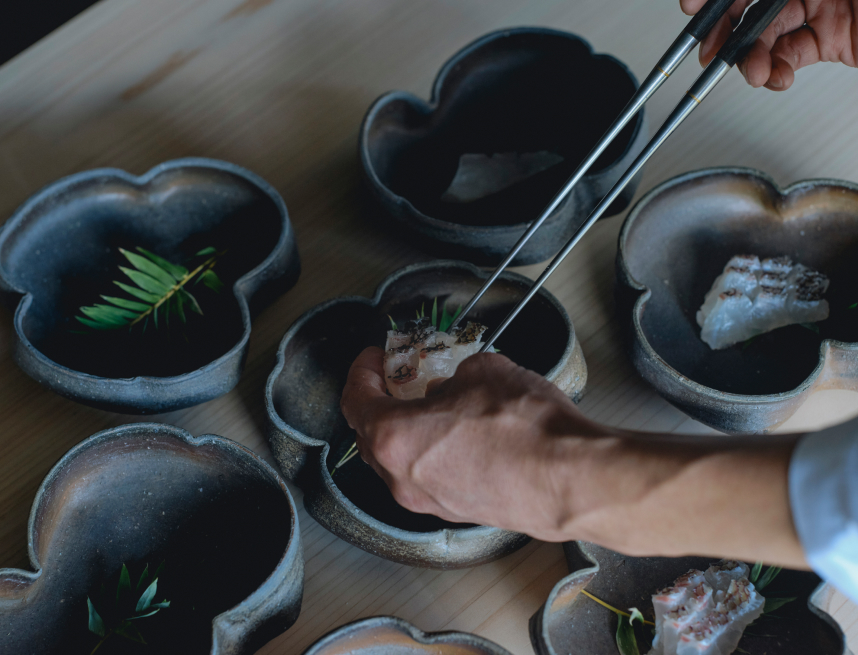
‘Kurashiki’ dining at Yoruya
The verdict
The space breathes true luxury, preserving rich heritage whilst navigating the site into the future. For Oka, he envisions Yoruya as an enduring addition to the town’s future legacy. ‘The history of Kurashiki has been passed down through generations, and through the will of its people, it has grown into something as strong and impressive as a thick rope,’ he analogises. ‘It is our hope that Yoruya, though today still a thin and delicate thread, will eventually be woven into this unique tapestry of Kurashiki’s history.’
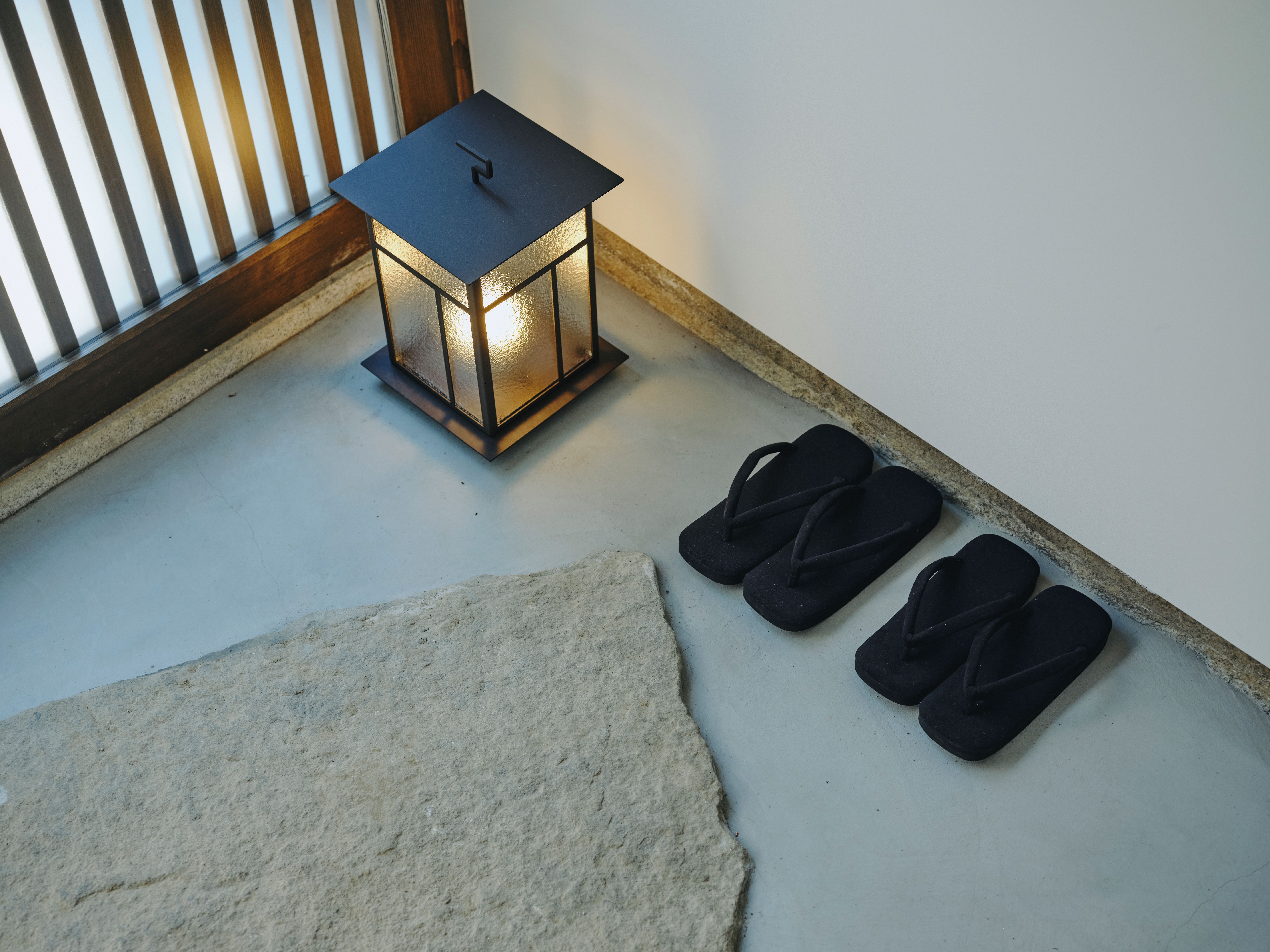
Design detail
Yoruya, 2-7 Higashimachi, Kurashiki, Okayama 710-0053, Japan, tel +81 50-5799-4721, yoruya-kurashiki.com. Rates: from ¥52,635
Joanna Kawecki is a Tokyo-based design journalist and consultant. Living in Japan since 2013, she writes extensively about architecture, design and travel, interviewing leading industry figures such as Kengo Kuma and Naoto Fukasawa. She is co-founder of Ala Champ Magazine and design brand IMI Japan, working with craftspersons across the country’s 47 prefectures exploring traditional artisans to innovation entrepreneurs.
-
 Glastonbury’s Terminal 1 is back: ‘Be prepared to be deeply moved and then completely uplifted’
Glastonbury’s Terminal 1 is back: ‘Be prepared to be deeply moved and then completely uplifted’Terminal 1 is an immersive, experiential space designed to deliver a vital message on immigration rights at Glastonbury 2025
-
 At Glastonbury’s reinvented Shangri-La, everything must grow
At Glastonbury’s reinvented Shangri-La, everything must growWith a new theme for 2025, Glastonbury’s Shangri-La is embracing nature, community and possibility; Lisa Wright is our field agent
-
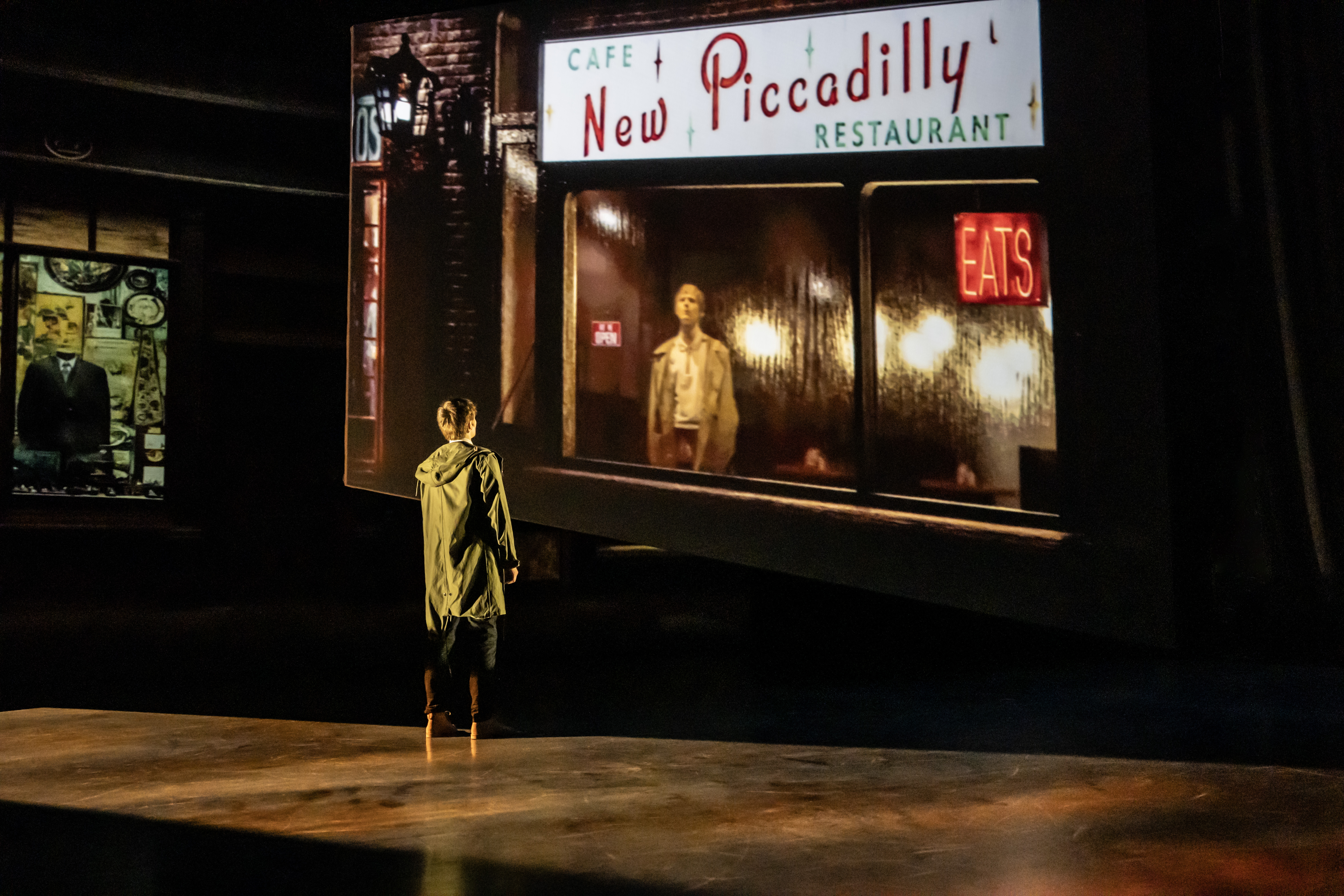 Paul Smith brings the Swinging Sixties to Sadler’s Wells in ‘Quadrophenia, A Mod Ballet’
Paul Smith brings the Swinging Sixties to Sadler’s Wells in ‘Quadrophenia, A Mod Ballet’In any imagining of Pete Townshend’s ‘rock opera’ – a chronicle steeped in the mythology of the 1960s – the suits need to be razor-sharp. ‘Quadrophenia, A Mod Ballet’ enlisted Paul Smith for the task
-
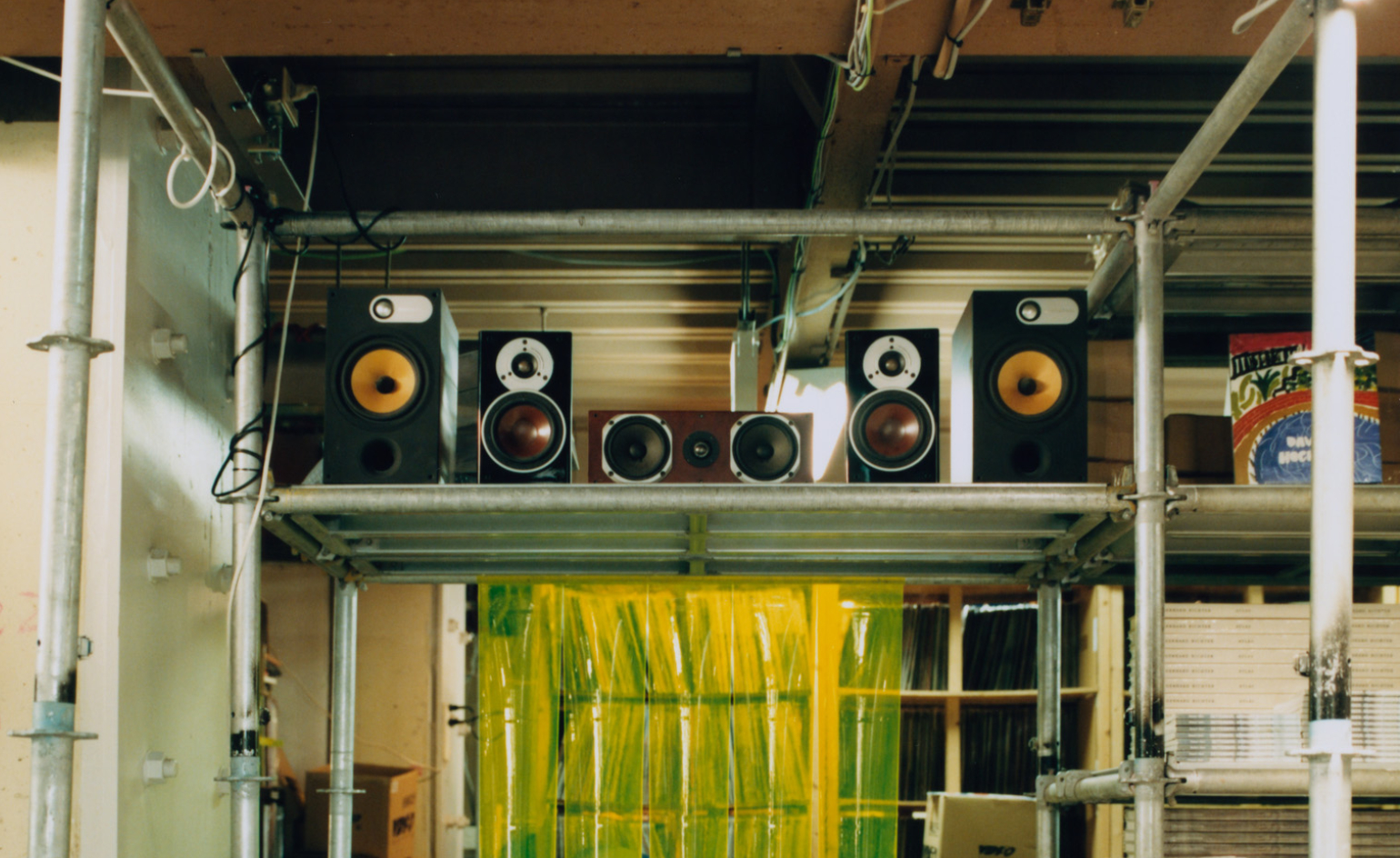 Tune into the rhythm of Tokyo’s most ambitious record shop
Tune into the rhythm of Tokyo’s most ambitious record shopVinyl Delivery Service in east Tokyo’s Skwat Kameari Art Centre is spinning a new narrative for the traditional record store model
-
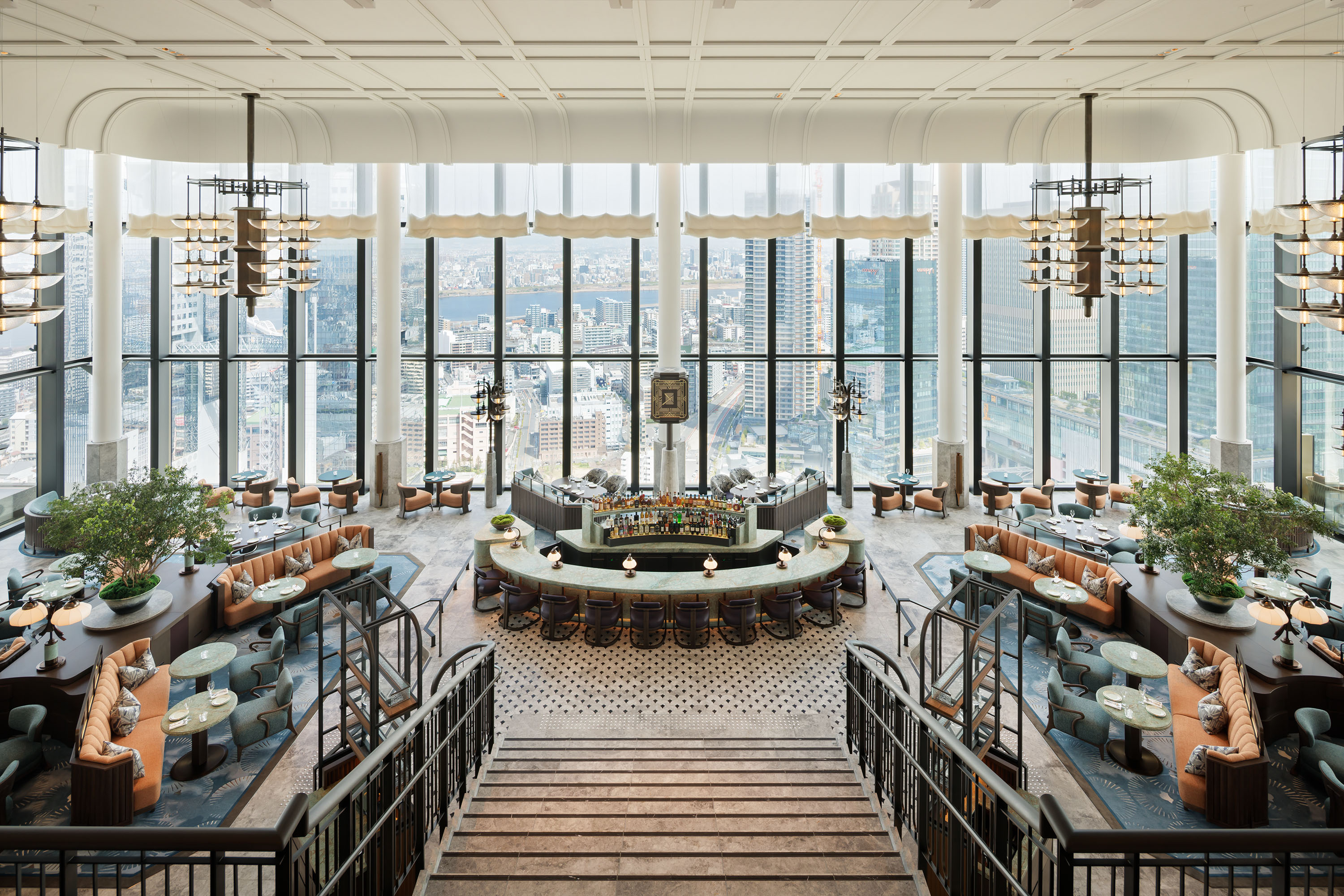 Wallpaper* checks in at Waldorf Astoria Osaka
Wallpaper* checks in at Waldorf Astoria Osaka‘It’s rare to work on a brand new hotel of this scale in Japan in today’s landscape,’ says designer Andre Fu about Osaka’s newest luxury hotel. Wallpaper* paid it an early visit
-
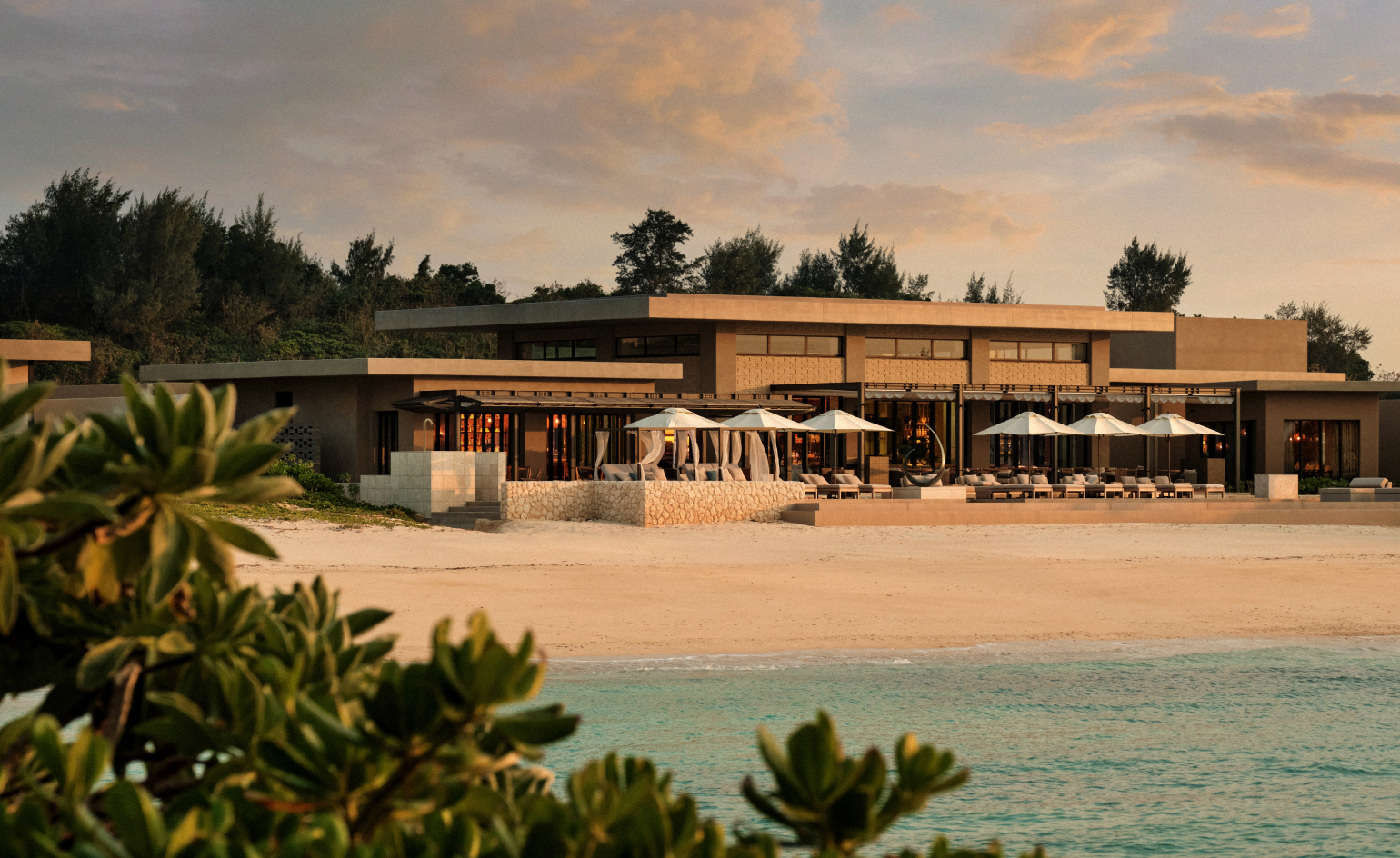 Wallpaper* checks in at Rosewood Miyakojima: ‘Japan, but not as most people know it’
Wallpaper* checks in at Rosewood Miyakojima: ‘Japan, but not as most people know it’Rosewood Miyakojima offers a smooth balance of intuitive Japanese ‘omotenashi’ fused with Rosewood’s luxury edge
-
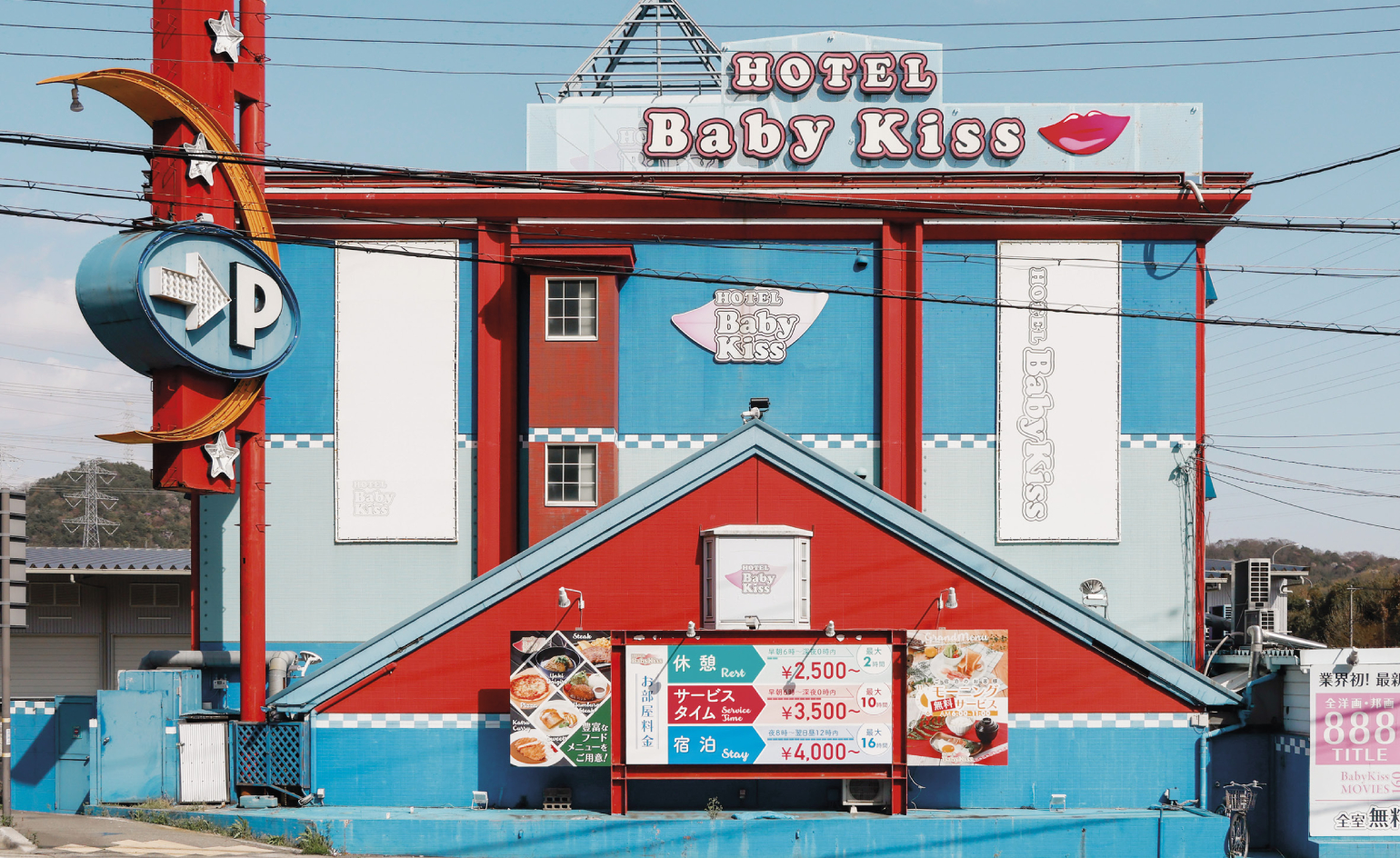 A new book captures the kitschy allure of Japanese ‘love hotels’
A new book captures the kitschy allure of Japanese ‘love hotels’For his latest project, French photographer François Prost documents the whimsical façades that characterise these erotic roadside venues.
-
 All aboard the world’s most luxurious train journeys
All aboard the world’s most luxurious train journeysStay on track with our pick of the most luxurious train journeys around the world, whether in 1920s-style opulence or contemporary chic
-
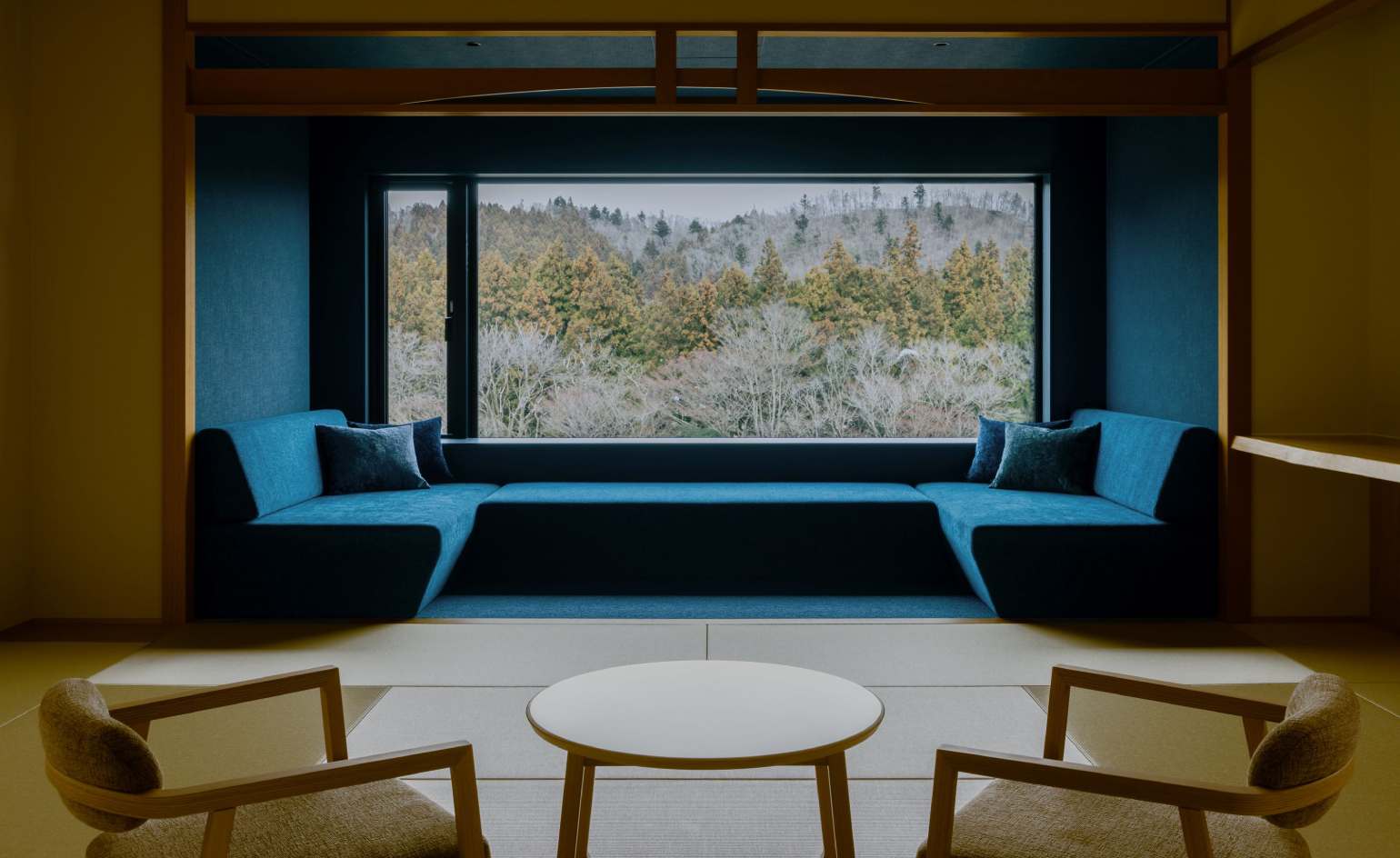 Wallpaper* checks in at Hoshino Resorts KAI Akiu: a soothing onsen hotel
Wallpaper* checks in at Hoshino Resorts KAI Akiu: a soothing onsen hotelIn Japan’s bucolic northeast, Hoshino Resorts KAI Akiu breathes new life into a sleepy hot spring village without betraying its ancient roots
-
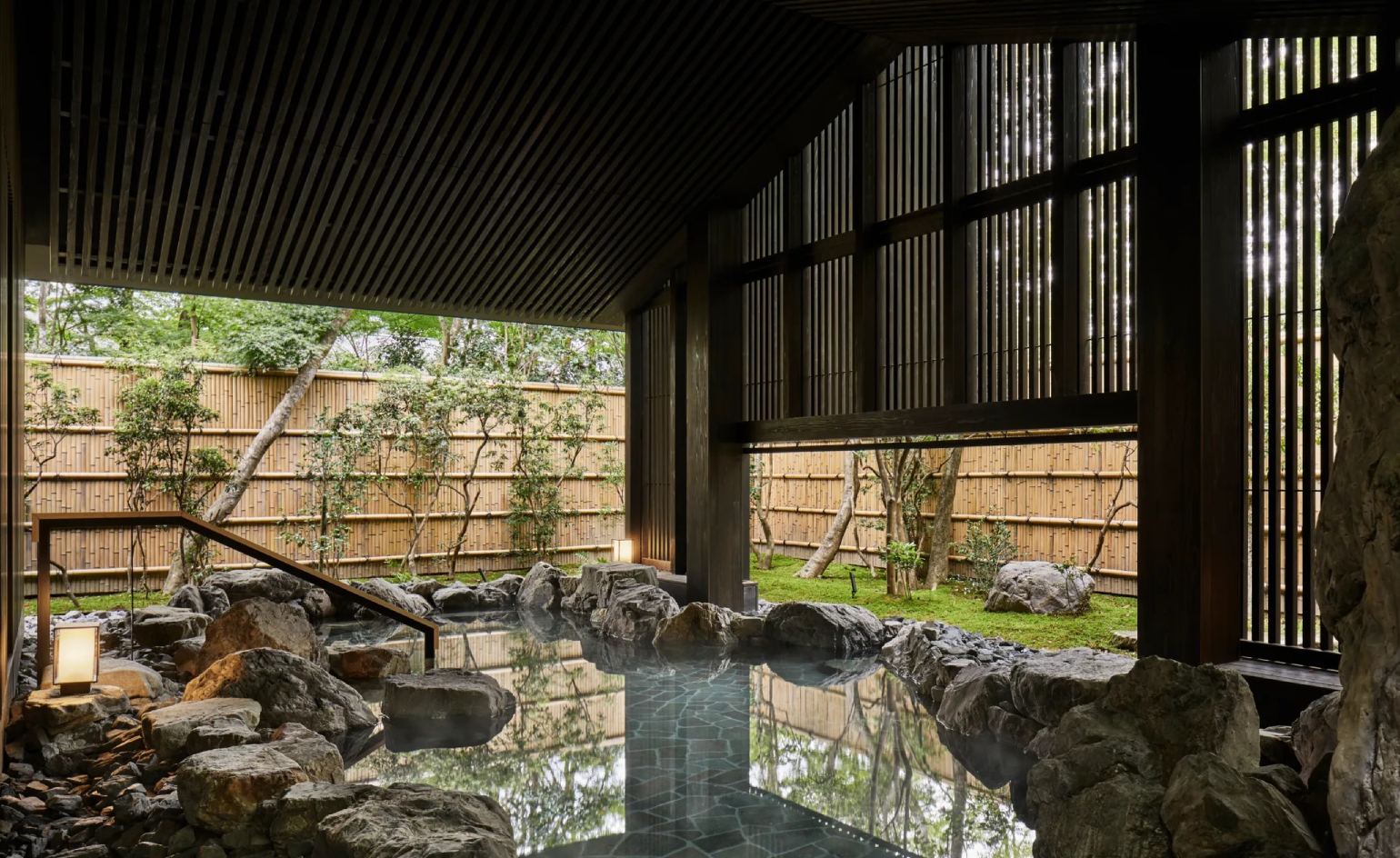 Shake off the winter chill at these design-led onsen hotels in Japan
Shake off the winter chill at these design-led onsen hotels in JapanWhether you’re heading to the mountains of Hokkaido or the alleys of Kyoto’s Gion district, these immaculately designed onsen hotels will keep the shivers at bay
-
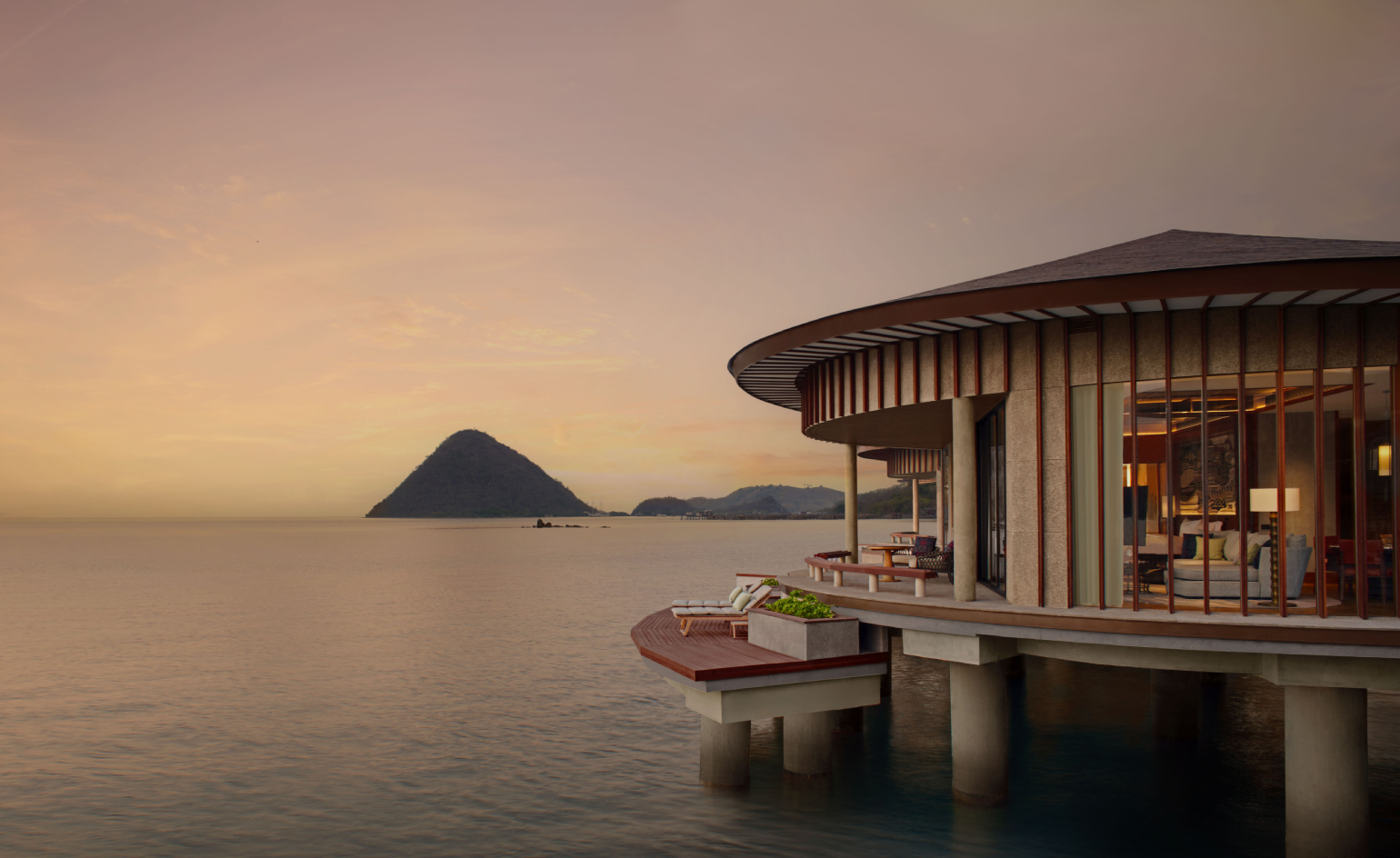 The new hotels you’ll want to stay at in 2025
The new hotels you’ll want to stay at in 2025Where to stay in 2025? Let six of the most-read-about hotel openings of the past 12 months inspire your escape – from a tiny Tokyo bolthole to a Tanzanian safari retreat